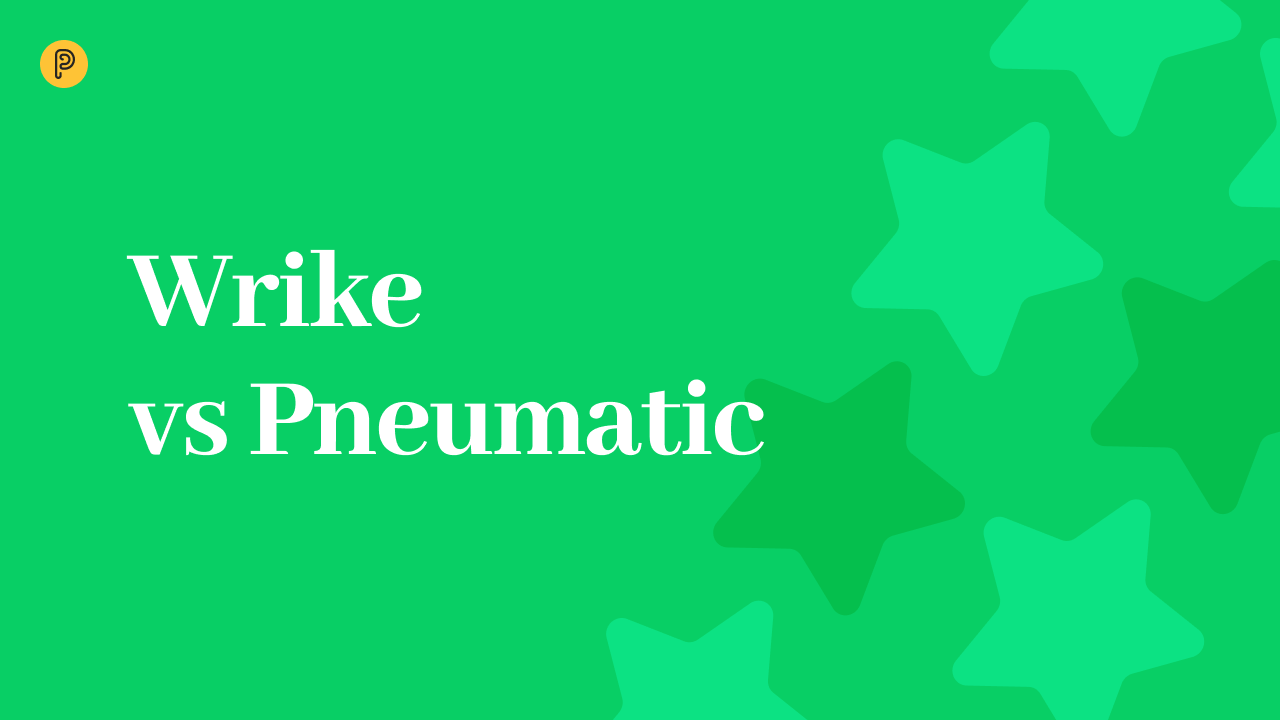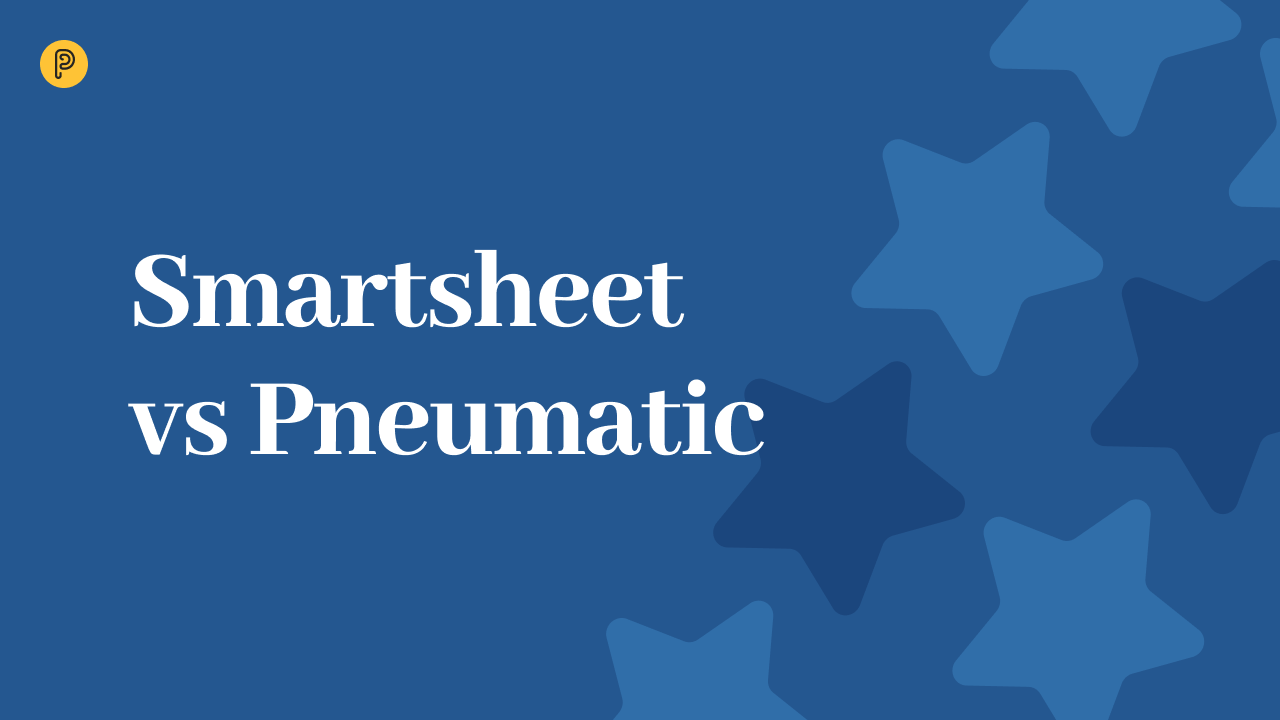Worlds Apart
Pneumatic and Hive bring two different philosophies to the table: in Hive you manage projects, in Pneumatic, projects manage you…
Well, on a more serious note, Hive tries to be the be all and end all Jack of All Trades, acting as your ultimate online workspace that you access everything from, including your apps, email, files, resources, and, among many other things, projects.
Pneumatic, on the other hand, aims to act as a background top-level orchestration system: once you’ve set up your workflows, you keep working in the same apps as before, it’s just that now Pneumatic tells you what specific tasks you need to be working on and supplies you with links to the information and resources you need to work on those jobs.
Everything you Can Think of and then Some
That’s the philosophy Hive follows. It strives to be your team’s ultimate online portal, sort of like America Online on steroids for businesses.
It’s a very solid all-rounder, but there is a reason they say a Jack of all trades is a master of none. Hive excels in terms of how much stuff it offers. You really can do all your work from Hive. The biggest selling point is you don’t need to have multiple tabs open in your browser, you can work within the same tab where Hive is loaded in, switching between the menu options down the left side.
Another advantage of this approach is that all the apps you add to your Hive account are closely integrated: you can easily include links to Hive actions or approvals or pages in your Hive emails and whatnot.
In terms of project management, you get your standard tasks that you move between statuses. There are multiple views you can use for your projects, but when all is said and done, all project management is mostly manual - you change job statuses and that’s how they move from phase to phase. You can create and reuse project templates, though, and you do get powerful analytics and tracking.
All Workflows All the Time
Pneumatic is all about sequential workflows built around the assembly line metaphor. The emphasis is on ensuring that at any given time, your team can focus exclusively on the tasks they need to be working on right now and the automated handover of workflows from team to team as tasks get completed.
With Pneumatic, once you’ve set up all your workflows and integrations, the system will try to stay out of your way as much as possible, save for friendly reminders whenever you get assigned a new task, added to an existing task or mentioned in a comment.
A lot depends on how you configure your workflows: if done right you will eventually end up with a system that will pretty much be running itself. You won’t need to change any task statuses manually: your team will simply be completing their tasks and Pneumatic will take care of the rest, moving your workflows forward and automatically assigning new tasks to new performers.
Which One Is Right for You
Hive may be the right choice if you’re completely new and don’t have an existing software infrastructure. You can just start with Hive and add apps to it.
Remember, though, that Hive’s project management features are somewhat spartan. Sure, you get a lot of views, but you’ll be moving tasks between statuses by hand.
Pneumatic offers enterprise features to growing companies, a fact emphasized by its flat subscription fee that stays the same regardless of the number of users you add to the system.
Opt for Pneumatic if you seek to build a system of business processes that run themselves, go with Hive if you prefer more hands-on/manual project management.
 5-minute read
5-minute read
